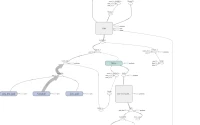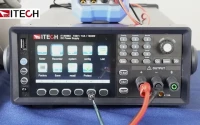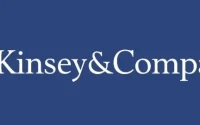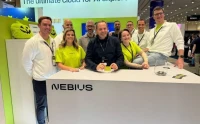Title: IEEE: Hype or Hub? Sorting Signals from the Noise
IEEE, the Institute of Electrical and Electronics Engineers, casts a long shadow. Its name pops up everywhere—from academic papers ("IEEE transactions") to career advice ("IEEE careers") to industry standards ("IEEE 1588"). But is it a vital nexus of innovation, or just a sprawling organization that lends its name to anything vaguely tech-related? Let's dig into some recent IEEE news to see if we can extract a signal from the noise.
Focus on Focus: Prioritization as Productivity
One article, crossposted from IEEE Spectrum's careers newsletter, highlights a key to engineering productivity: ruthless prioritization. The author describes a Meta engineer who achieved rapid promotions by focusing intensely on a small number of critical projects, even if it meant skipping meetings and disappointing colleagues.
The core argument—that focusing on the right things is more important than simply being busy—isn't exactly groundbreaking. But the anecdote provides a useful data point: this engineer's "prodigious output" stemmed from reducing priorities, not expanding them. That's a crucial distinction. How many engineers, especially junior ones, are rewarded for breadth rather than depth? It’s a question worth asking, especially in large organizations where visibility often trumps actual impact.
The article suggests auditing your day to identify time-wasting activities. As an engineer, if you spend most of your day in emails and coordinating across teams, you’re clearly not being as productive as you could be. While that's sound advice, it also hints at a systemic problem: are companies structuring engineering roles in ways that force engineers to spend excessive time on non-coding tasks? Or is it that engineers are not pushing back enough?
Underwater Acoustics: A Deep Dive into a Niche
Shifting gears, the IEEE recently highlighted the Biannual IEEE Underwater Acoustic Signal Processing Workshop, a collaboration between the Naval Undersea Warfare Center and the University of Rhode Island. This workshop, held every other year since 1985, focuses on signal processing techniques for underwater applications. More information on the workshop can be found on the URI Engineering website: 2025 Biannual IEEE Underwater Acoustic Signal Processing Workshop.
Underwater acoustics might seem like a narrow field, but it has significant implications for defense, environmental conservation, and seafloor mapping. The fact that sound travels four times faster in water than air makes it a critical area of research. The workshop fosters collaboration between academia, industry, and government, providing a platform for discussing original research at an early stage.
One interesting aspect is the emphasis on graduate student participation, with complimentary registration and subsidized travel expenses. This suggests a commitment to nurturing the next generation of researchers in this specialized field. Professor Richard Vaccaro even mentioned how attending the conference led to him knowing a candidate, Kaushallya Adhikari, who applied for a faculty position at URI seven years later. That’s an example of how these types of events can have long-term impacts on careers and institutional knowledge.
BioRob 2026: Robotics and the Future of Healthcare
Another IEEE conference on the horizon is BioRob 2026, the International Conference on Biomedical Robotics and Biomechatronics. This event, organized by the IEEE Robotics and Automation Society (RAS) and Engineering in Medicine and Biology (EMBS), focuses on the intersection of robotics, biology, and medicine. Themes include medical and surgical robotics, wearable robotics and exoskeletons, and brain-machine interfaces (BMIs).
The conference aims to showcase breakthrough research and prototypes that could lead to commercial technologies. Given the dedicated theme on exoskeletons, exosuits, and wearable assistive devices, BioRob 2026 should be particularly relevant for researchers and engineers working on medical and rehabilitation exoskeletons, soft exosuits, and control algorithms, rather than for end-user demos or buyers/end-users.
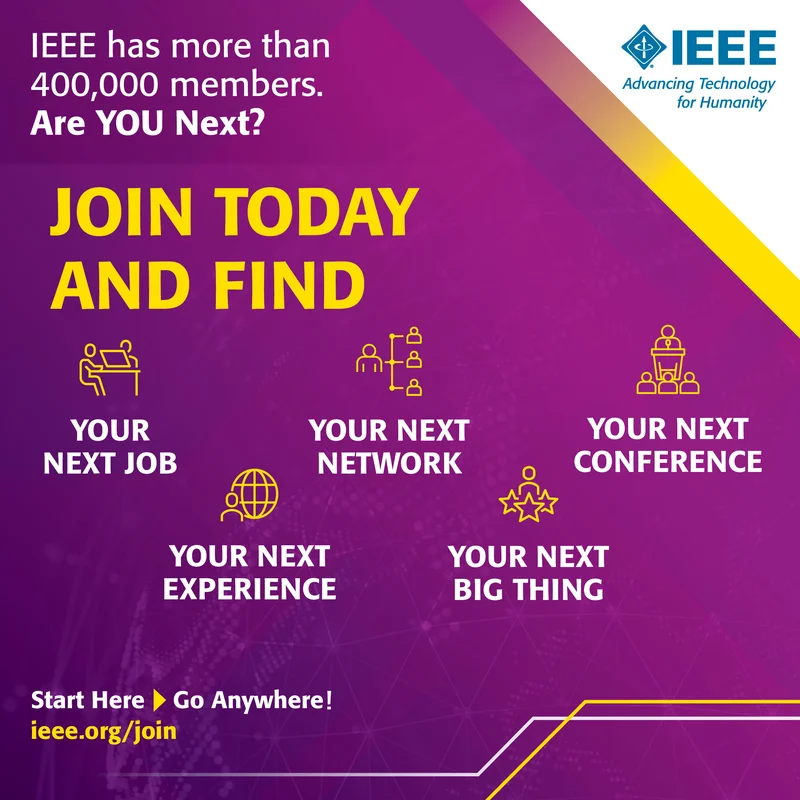
The IEEE highlights the growing role of AI in biomedical robotics, helping robots learn human movements, predict patient needs, and improve accuracy. The conference also emphasizes collaboration between universities, medical institutions, and tech companies, which could accelerate the development of real-world medical solutions.
But is this all just hype? The article notes that investors often follow BioRob closely, as research breakthroughs can influence the value of companies involved in medical device manufacturing, AI systems, robotics engineering, and healthcare technology. However, it doesn't provide specific examples of how past BioRob conferences have directly led to significant market changes. That's a critical missing data point.
Montlouis: A Case Study in Achievement
Finally, IEEE recognized Webert Montlouis, PhD, Fellow IEEE, as the founder and chief scientific officer of WEMSS Laboratory LLC. Montlouis's career spans academia and industry, with significant contributions to radar architecture and signal processing.
Between 2016 and 2024, Dr. Montlouis served as the chief scientist at the Applied Physics Laboratory and was also a faculty member in the electrical and computer engineering department at Johns Hopkins University. His innovation enabled the development of a specialized radar system architecture that delivered a tenfold improvement over previous approaches for the Department of Defense. Concurrently, he introduced advanced courses in electrical and computer engineering, furthering his impact on academic curricula and student development.
He's also been heavily involved with IEEE itself, serving on the IEEE Fellow Committee and chairing the IEEE Massive MIMO standard development working group. Montlouis credits his success to "an open-minded approach and a commitment to kindness and respect in professional relationships." While that sounds like standard PR boilerplate, the fact that he's mentored numerous students who have gone on to top universities suggests he's doing something right.
More Than Just Acronyms
So, what's the verdict on IEEE? It's clearly not a monolithic entity. It encompasses a vast range of activities, from niche workshops on underwater acoustics to high-profile conferences on biomedical robotics. The quality and impact of these activities likely vary considerably.
The Meta engineer anecdote highlights the importance of focus, but also raises questions about organizational structures. The underwater acoustics workshop demonstrates the value of specialized knowledge and collaboration. BioRob 2026 showcases the potential of robotics in healthcare, but lacks concrete evidence of past successes translating into market impact. And Montlouis's career exemplifies the blend of technical expertise, leadership, and mentorship that IEEE aims to promote.
Ultimately, IEEE's value lies in its ability to convene experts, disseminate knowledge, and set standards. But it's up to individuals to sort through the noise and identify the signals that truly matter. The sheer volume of IEEE publications and events can be overwhelming. The real challenge is not accessing information, but curating it effectively.



